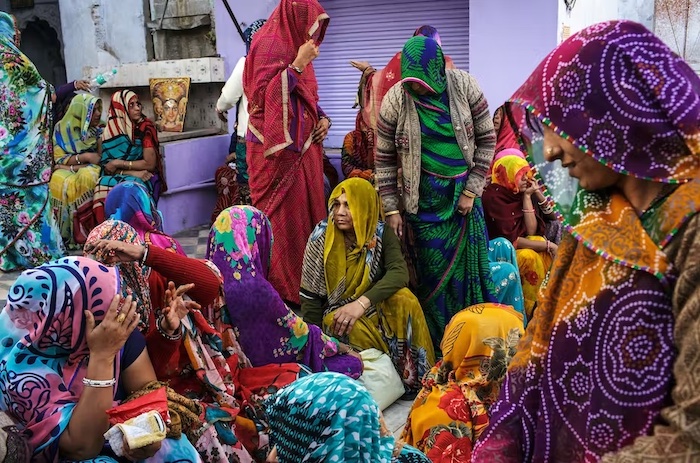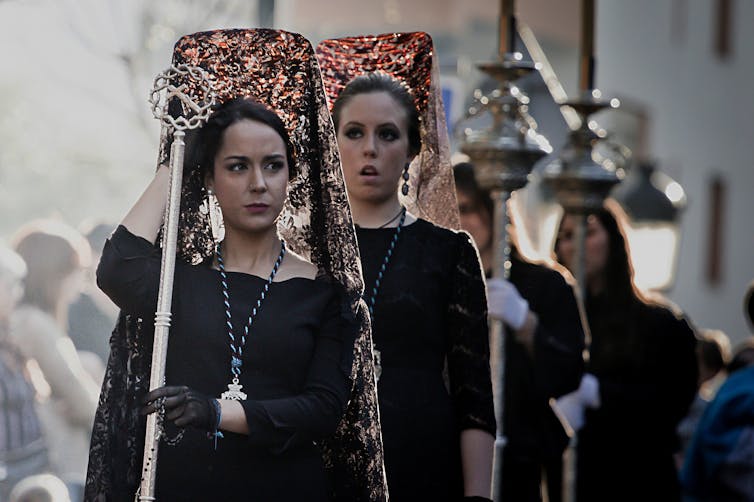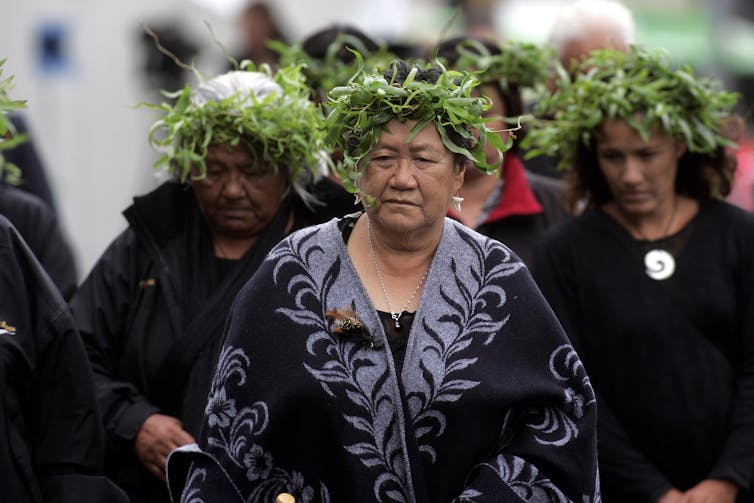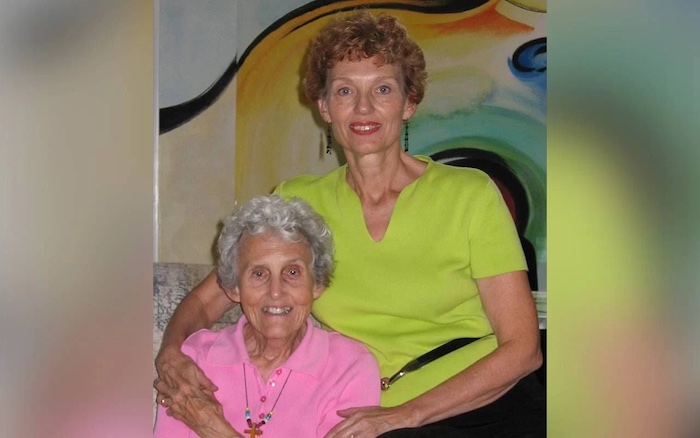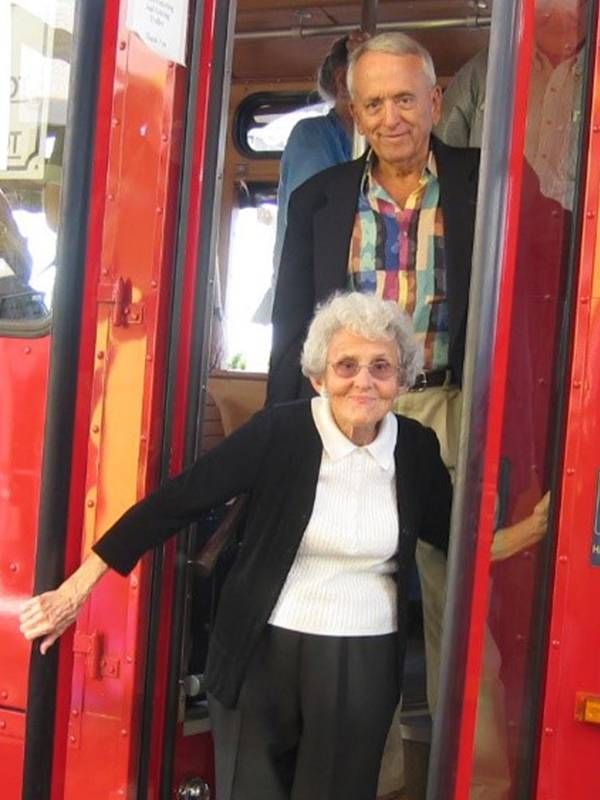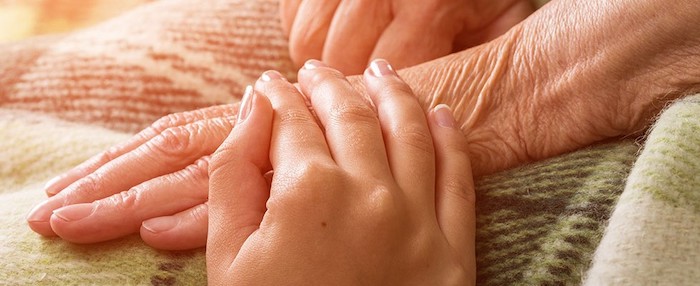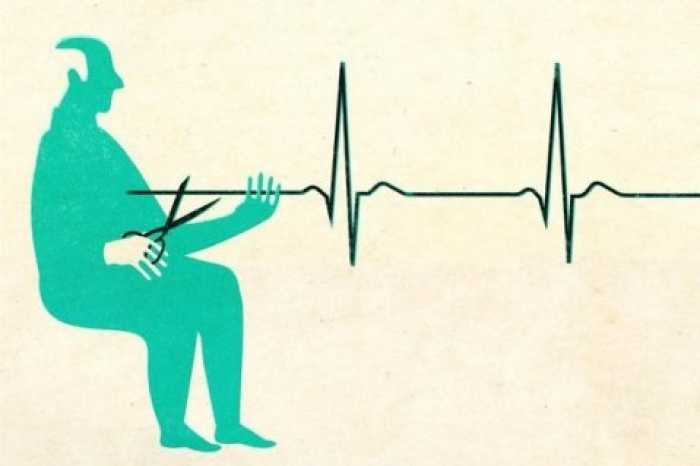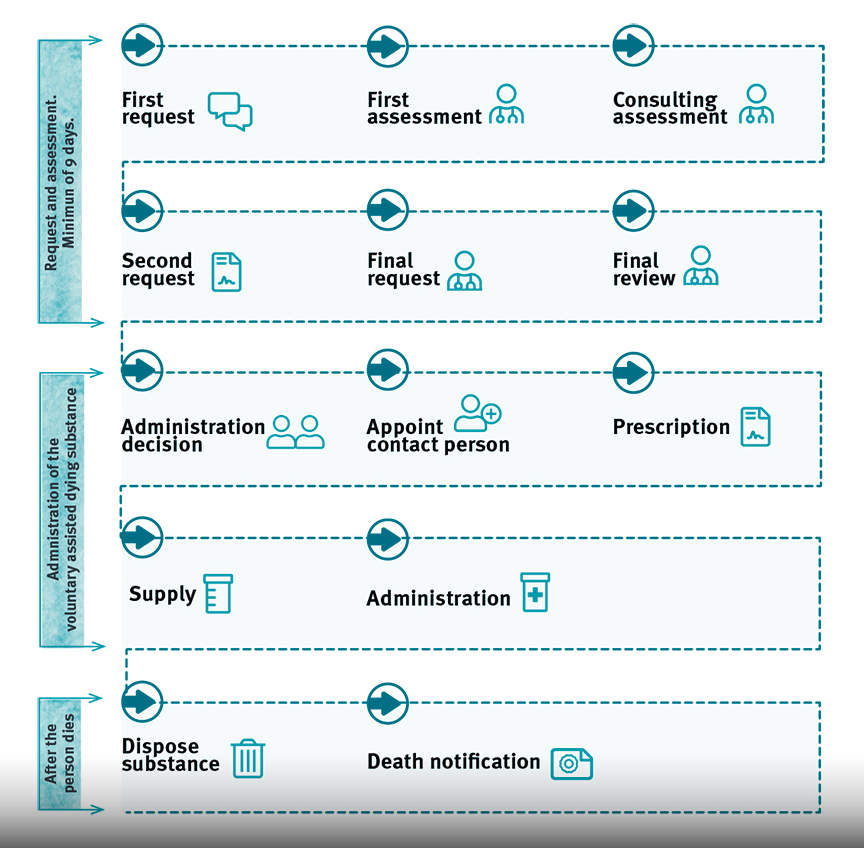
After my mother died so suddenly — laughing at a rerun of “JAG” at 10 p.m., dying of a hemorrhagic stroke by dawn — I dreamed about her night after night. In every dream she was willfully, outrageously alive, unaware of the grief her death had caused. In every dream relief poured through me like a flash flood. Oh, thank God!
Then I would wake into keening grief all over again.
Years earlier, when my father learned he had advanced esophageal cancer, his doctor told him he had perhaps six months to live. He lived far longer than that, though I never thought of it as “living” once I learned how little time he really had. For six months my father was dying, and then he kept dying for two years more. I was still working and raising a family, but running beneath the thin soil of my own life was a river of death. My father’s dying governed my days.
After he died, I wept and kept weeping, but I rarely dreamed about my father the way I would dream about my mother nearly a decade later. Even in the midst of calamitous grief, I understood the difference: My father’s long illness had given me time to work death into the daily patterns of my life. My mother’s sudden death had obliterated any illusion that daily patterns are trustworthy.
Years have passed now, and it’s the ordinariness of grief itself that governs my days. The very air around me thrums with absence. I grieve the beloved high-school teacher I lost the summer after graduation and the beloved college professor who was my friend for more than two decades. I grieve the father I lost nearly 20 years ago and the father-in-law I lost during the pandemic. I grieve the great-grandmother who died my junior year of college and the grandmother who lived until I was deep into my 40s.
Some of those I grieve are people I didn’t even know. How can John Prine be gone? I hear his haunting last song, “I Remember Everything,” and I still can’t quite believe that John Prine is gone. Can it properly be called grieving if the person who died is someone I never met? Probably not. But when I remember that John Prine will never write another song, it feels exactly like grief.
In any life, loss piles on loss in all its manifestations, and I find myself thinking often of the last lines of “Elegy for Jane,” Theodore Roethke’s poem about a student killed when she was thrown from a horse: “Over this damp grave I speak the words of my love: / I, with no rights in this matter, / Neither father nor lover.”
Why, when we grieve, can it feel so urgent to make others understand the depth of our loss, even when we have no rights in the matter? I think it must be because people so often fail to honor grief at all. We talk of “processing” loss, of reckoning with it and moving on, as though bright life could not possibly include an unvanquishable darkness. Our culture persists in treating mourning as an unpleasant process we are obliged to endure while waiting for real life to restore itself.
But God help anyone who appears to move on too quickly, or too slowly, for the grief police will be coming for them. They may be accused of giving their late spouse’s clothes away too soon, or of mourning excessively a relationship that seems too far down the grief ladder to justify such a response. People have opinions about how others should manage loss.
Just before my mother died, I heard her say to a stranger, “My husband died nine years ago, and every night I tell God I’m ready to see him again.” Four days later, she got her wish.
I’m in no hurry to join my beloved dead, but like my mother before me, I am spending more and more of my days in their company. As my father was dying, and taking so long to die, I feared that the memories of his brutal last years would overwhelm four decades of happy times. I worried that the father who followed me into my own old age would be the fretful, pain-wracked old man and not the loving optimist who had always been my surest source of strength in an indifferent world.
It didn’t turn out that way. Next month he will have been gone for 20 years, but he is as real to me today as he was on any day of the 41 years we shared on this side of the veil.
I read a newspaper article reporting that NASA will be dismantling the Saturn rocket that rises above the Alabama welcome center on I-65 South, and I remember the model Saturn rocket, taller than my 10-year-old self, that Dad and I built together from chicken wire and papier-mâché. I hear a Cole Porter song on the radio, and I remember my parents dancing in the living room. I see a blue jay perched in the pine tree just outside our family room, and I recall how often I was told that “blue jay” is the first bird I learned to call by name. There were so many blue jays in so many pine trees back in those days when I was still a cherished late-born child, and my parents were still explaining the world to me.
It’s the same with all my lost beloveds. Reminders take every possible form — the feel of pine needles underfoot, the scent of a passing woman’s perfume, the tail end of a song on a coffee shop radio, a letter tumbling out of a long-unopened book, the taste of boiled peanuts, salty and warm. The reminders loop between past and present, between one lost loved one and another, a buzzing sweep of sensations and memories and time. I keep searching for the right metaphor to convey what I mean. Is it like a braid? A web? A shroud?
Finally the word comes to me: It’s a conversation. Every day, all day long, everyone I’ve ever loved is gathered around the same table, talking.
Ten years on, I rarely dream about my mother anymore, but in the dreams where she does appear, it’s the same as before — the ordinariness of life, the rush of relief I feel, her blithe unawareness of my suffering. I walk in the door, and there she is, there they all are, no happier to see me than they would be if I’d only walked in from another room in the same house. In my dreams, as in my waking life, the dead are still here, still talking to me.
Complete Article ↪HERE↩!



